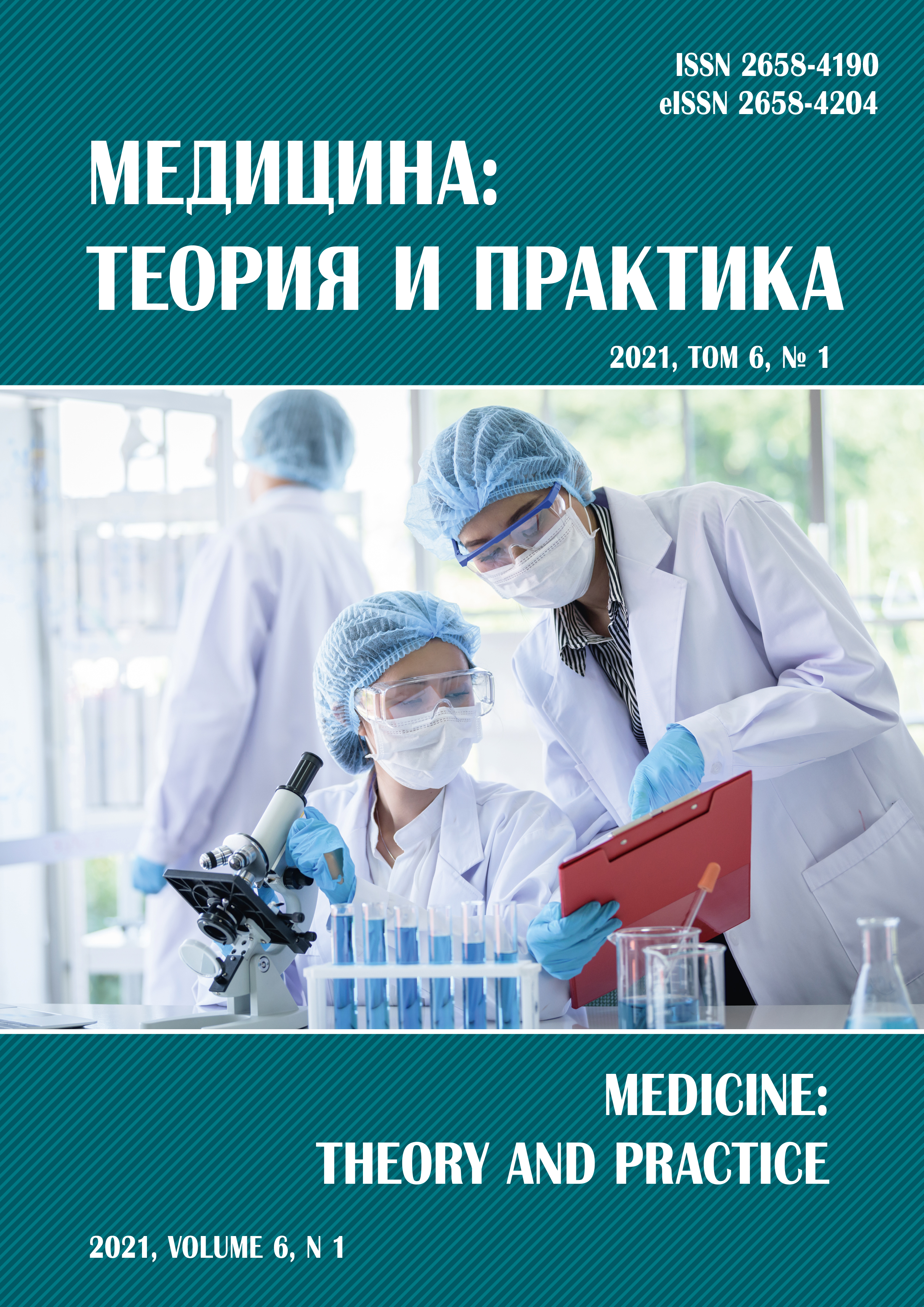CARDIOVASCULAR PATHOLOGY RISK FACTORS PECULIARITIES IN MEN UNDER 60 YEARS OLD WITH MYOCARDIAL INFARCTION AND CHRONIC INFLAMMATORY PULMONARY DISEASES
Abstract
Background. The data about cardiovascular diseases (CVD) risk factors in men with chronic inflammatory pulmonary disease (CIPD) and myocardial infarction (MI) are contradictory and require clarification. Purposes and tasks. To assess the frequency of cardiovascular diseases risk factors in men under 60 years old with CIPL and MI to improve prevention. Materials and methods. The study included men from 19 to 60 years old with type I IM diagnosed and treated according to the standards at the time of hospitalization. Patients were divided into two age comparable groups: I - the study group, with CIPD (bronchial asthma - 6 patients, chronic bronchitis - 136 patients); II - without CIPD, 424 people as a control group. A comparative analysis of the frequency of observation of primary and secondary cardiovascular diseases risk factors, the course of MI was performed. The results. In patients of the study group, more often than in the control group we observed: hereditary burden of ischemic heart disease and arterial hypertension, frequent colds, a history of extrasystoles; chronic foci of internal organs infections, non ulcer lesions of the digestive system, smoking, MI in winter. Less commonly were observed: oral cavity infections; hypodynamia, overweight, a subjective relationship between the worsening of the course of coronary heart disease and the season of the year and MI - in the autumn period. CILD patients had higher levels of the coefficient and index of atherogenicity in the first hours of MI than the control group, but lower values of low density lipoproteins and the ratio of low and high density fractions at the end of the third week of the disease. Conclusions. The structure of CVD risk factors in men under 60 years old with CLID with MI is characterized by the predominance of smoking, non ulcer pathology of the digestive system, frequent colds, meteorological dependence, a history of cardiac arrhythmias and foci of internal organ infections. It is advisable to use the listed factors when planning preventive measures in such patients.



